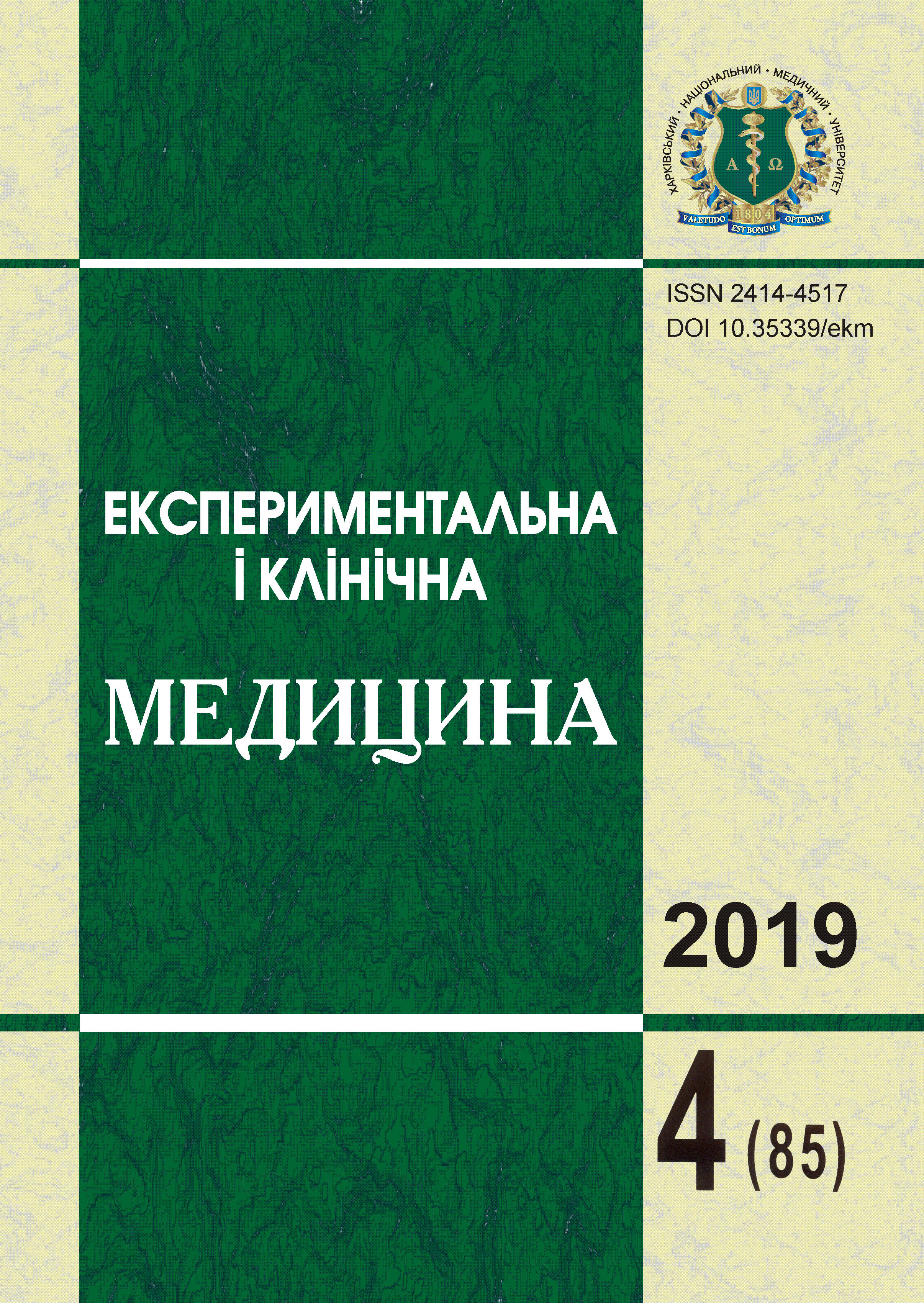Abstract
The results of a comprehensive examination and surgical treatment of 230 patients with atherosclerotic lesions of the carotid arteries were analyzed. The study included patients with symptomatic stenosis of the internal carotid artery (ICA) (more than 50 %), asymptomatic ICA stenosis (more than 70 %), unstable ICA plaque, visual impairment. To assess the severity of neurological deficits, the degree of recovery of neurological functions, a scoring system of various clinical and neurological parameters was performed using the scale of stroke severity of the National Institutes of Health (NIHSS) with evaluation recommendations. Patients with symptomatic internal carotid artery disease, large stroke, and bilateral carotid artery disease have been shown to be the highest risk group for recurrent stroke and reperfusion syndrome. When choosing a method of treatment, the size of the ischemic focus, somatic condition and the level of neurological deficit in the patient are important.
References
Clement D.L., Boccalon H., Dormandy J. et al. (2000). A clinical approach to the management of the patient with coronary (Co) and/or carotid (Ca) artery disease who presents with leg ischaemia (Lis). Int Angiol, vol. 19, pp. 97-125.
Nicolaides A.N., Kakkos S.K., Griffin M. et al. (2005). Asymptomatic Carotid Stenosis and Risk of Stroke (ACSRS) Study Group. Effect of image normalization on carotid plaque classification and the risk of ipsilateral hemispheric ischemic events: results from the asymptomatic carotid stenosis and risk of stroke study. Vascular., vol. 13, pp. 211-221.
Sandercock P.A., Van den Belt A.G., Lindley R.I. et al. (1993). Antithrombotic therapy in acute ischaemic stroke: an overview of the completed randomised trials. J Neurol Neurosurg Psychiatry, vol. 56, pp. 17-25.
Thom T., Haase N., Rosamond W. et al. (2006). American Heart Association Statistics Committee and Stroke Statistics Subcommittee. Heart disease and stroke statistics-2006 update: a report from the American Heart Association Statistics Committee and Stroke Statistics Subcommittee. Circulation., vol. 113, pp. 85-151.
Venkatachalam S. et al. (2011). Contemporary management of contaminant carotid and coronary artery disease. Heart., vol. 97 (3), pp. 175-180.
Kleindorfer D., Panagos P., Pancioli A. et al. (2005). Incidence and short-term prognosis of transient ischemic attack in a population-based study. Stroke., vol. 36, pp. 720-723.
Veith F.J., Amor M., Ohki T. et al. (2001). Current status of carotid bifurcation angioplasty and stenting based on a consensus of opinion leaders. J Vasc Surg., vol. 33, issue 2, pp. 111-116, doi: 10.1067/mva.2001.111665.

